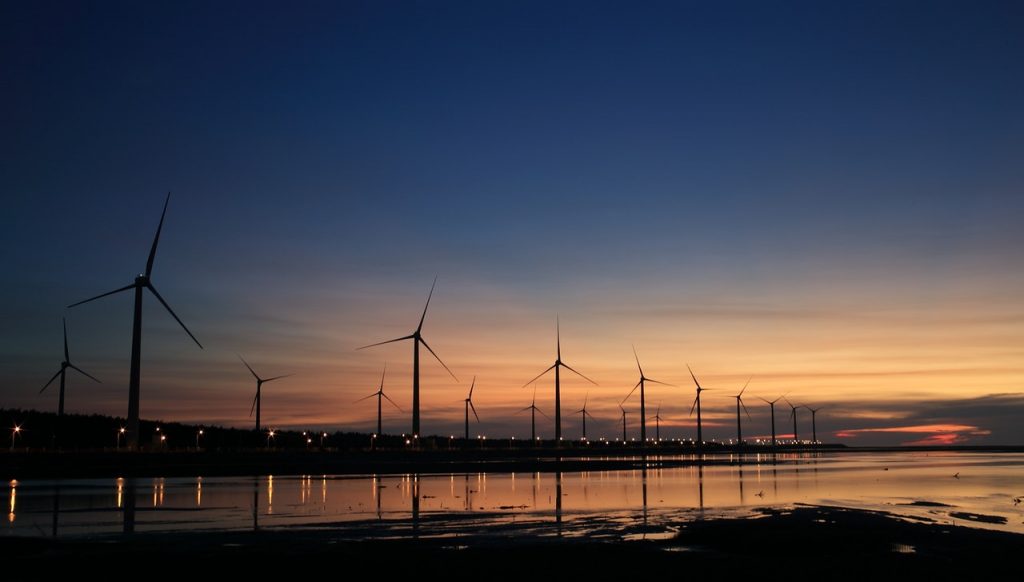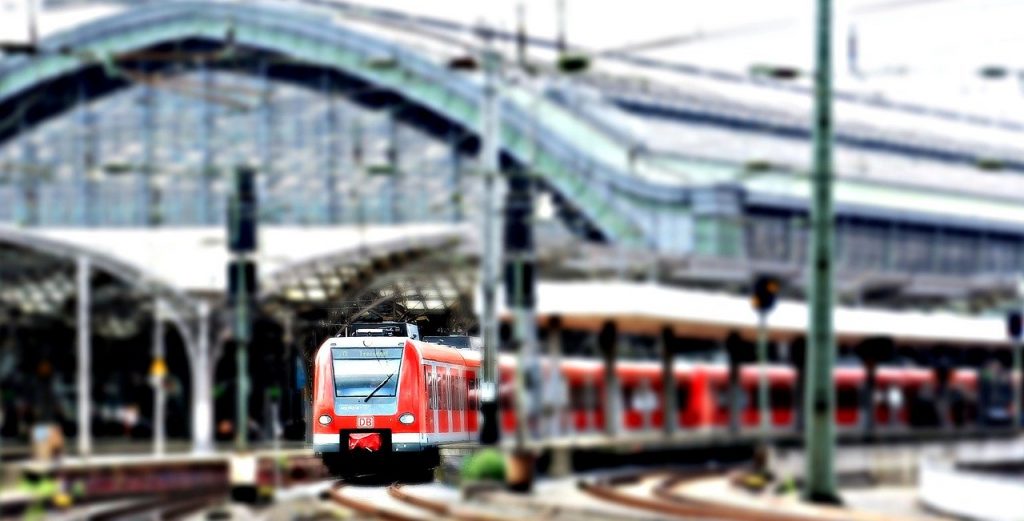Right now, there is a lot of talk about renewable energy use in Ireland, and for very good reasons too.
We owe it to our planet to explore the potential for clean and renewable energy, which is why here in Ireland, such a strong emphasis is being placed on finding a solution.
In terms of renewable energy targets, by the end of the year, at the very least, 16% of gross energy consumption, or GEC for short, must come from renewable energy sources by the end of 2020.
Typically, renewable energy can be split into three categories, which are:
- Heat
- Transport
- Electricity
The target of 18% is optimistic, as back in 2018, this number stood at just 11% so an increase 7% in 2 years is certainly a big ask, but it is one which experts are confident they can achieve.

Renewable electricity
In 2018, of that 11% electrical energy accounted for 2/3 of renewable energy used in that particular year.
When it comes to renewable energy, renewable electricity has been the most successful. In fact, after natural gas, renewable energy sources for generating electricity have been the second most successful avenue to explore.
As yet, there is no mandatory target for renewable electricity production for the end of 2020, but unofficially national targets have optimistically been set at 40%, which officials genuinely believe they can hit.
Hydro electricity is generally considered to be Ireland’s biggest source of renewable electricity, although over the years wind energy production has been on the rise.
A key factor when it comes to wind-produced power is that it is known as ‘non-synchronous’ which basically means that it is not constantly the same. Basically, on days where there is more wind, more power will be generated than on days when the wind is still.
Renewable heat
Heat is also important when it comes to energy production, which is why Ireland is looking into renewable biomass.
More and more homes and businesses are utilizing wood waste as a source of heat.
In residential settings, air source heat pumps are also becoming more popular and more common, which is why more and more grants are also now being offered.

Transport
Finally, the last sector to explore when it comes to renewable energy use in Ireland is transport.
More and more businesses are now utilizing renewable energy sources when it comes to the transport sector.
Biodiesel and bioethanol is a great example in this instance, as these can be combined with regular diesel and petrol used to power motor vehicles in Ireland.
Electricity in transport is also becoming more prominent, particularly when it comes to the rail industry and in hybrid/electric cars.
Despite this, in 2018, electric transport options accounted for a mere 1.4% of renewable energy in the transport sector, though experts predict this number to be higher by the end of 2020.
